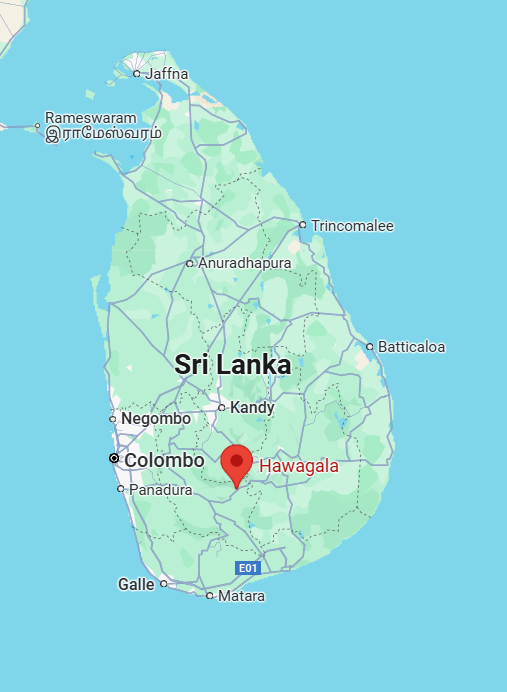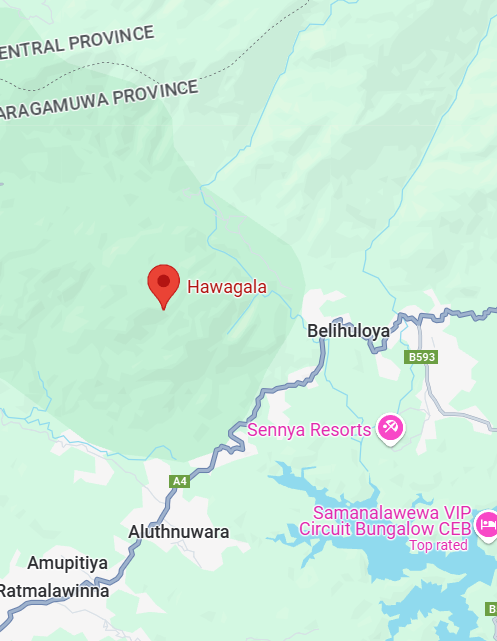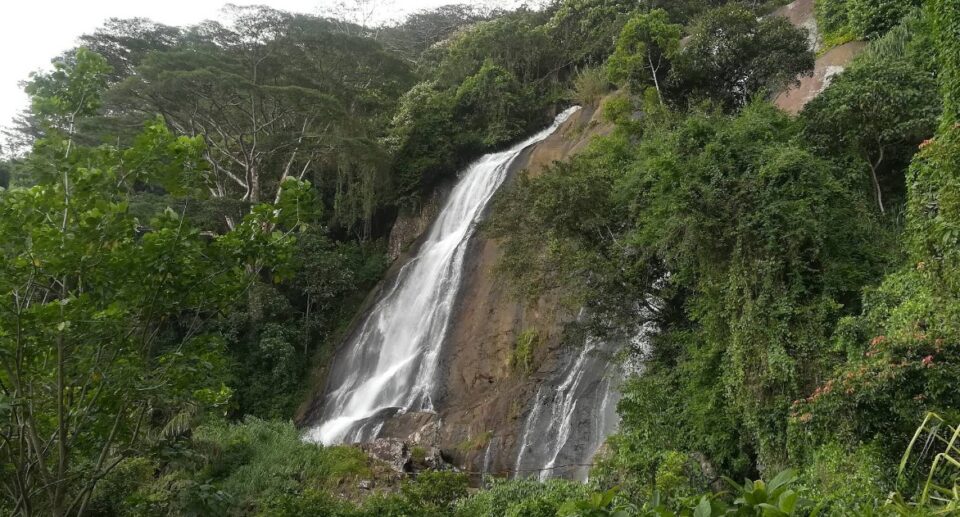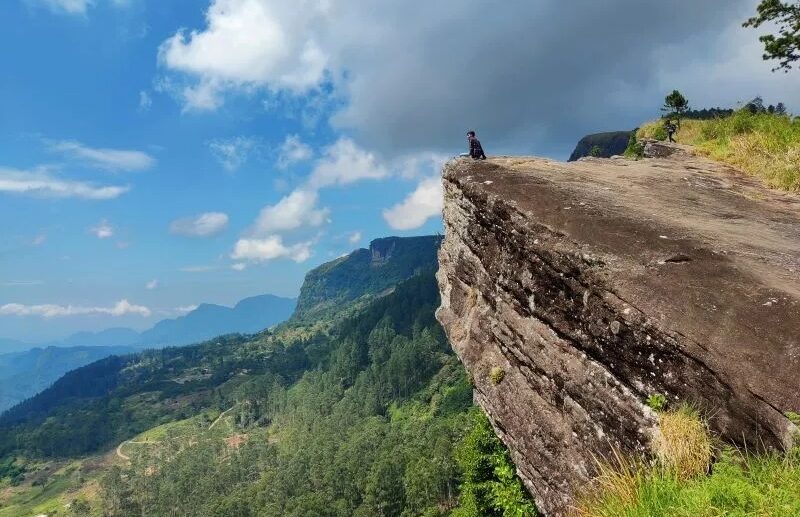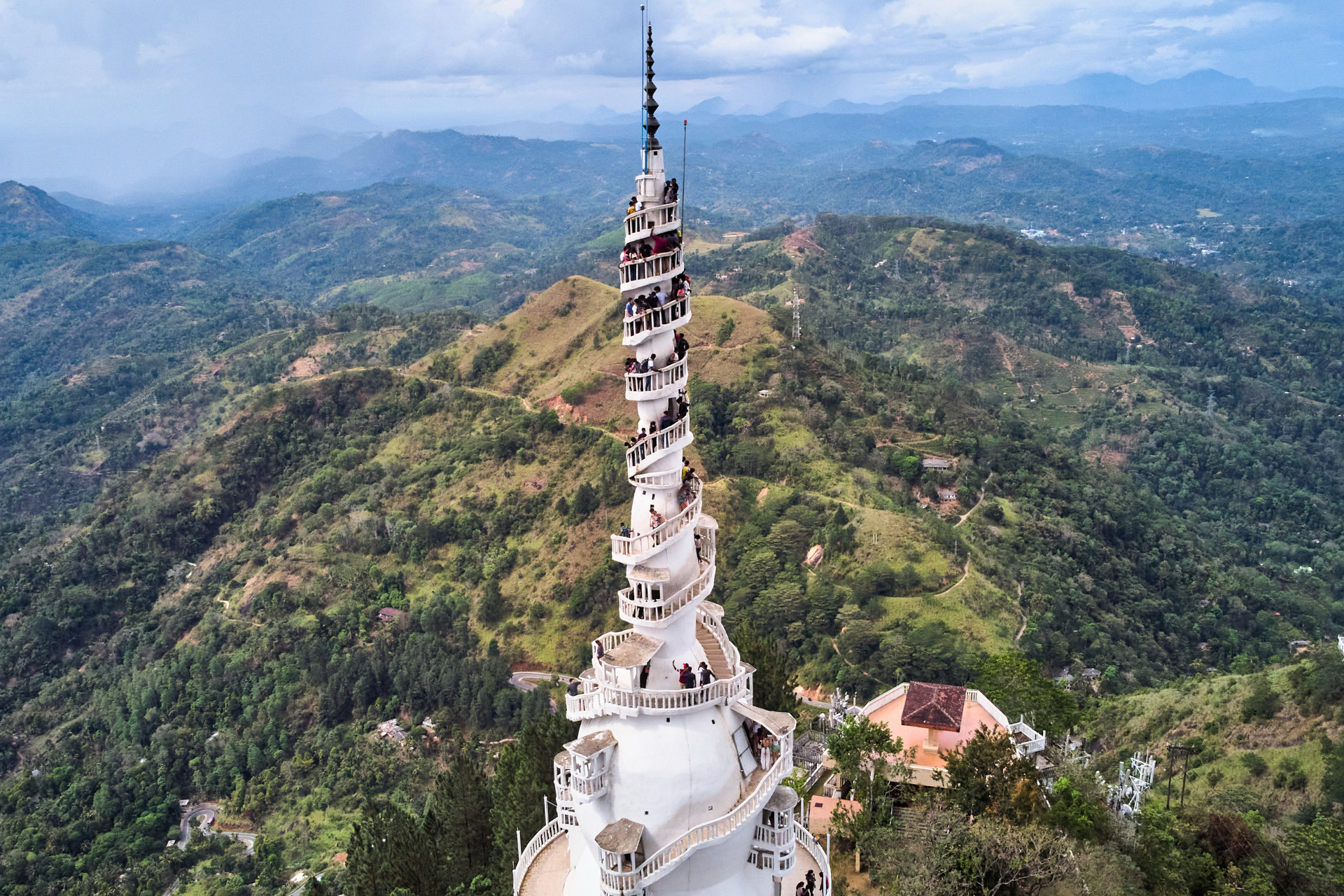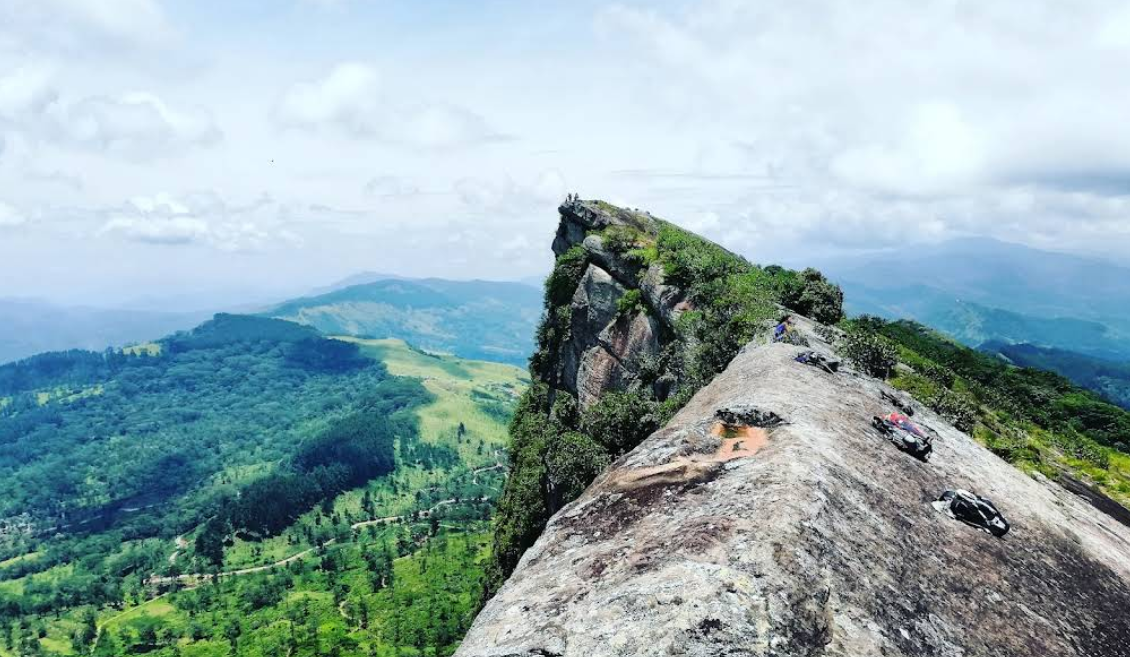Hawagala: A Majestic Mountain in Sri Lanka’s Central Highlands
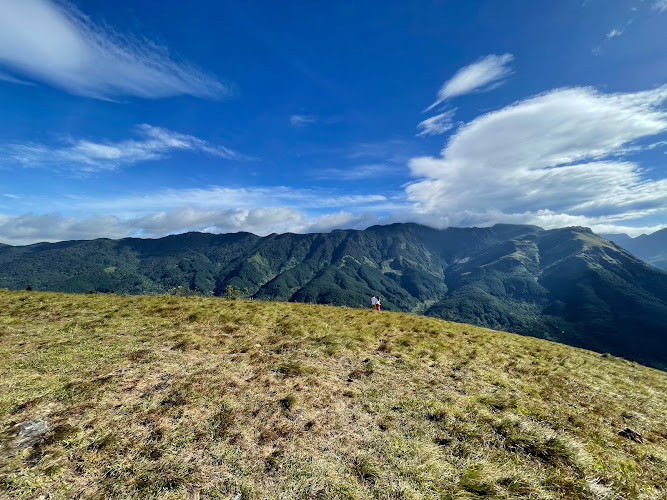
Sri Lanka, a tropical island blessed with abundance of nature, holds many secrets beyond its popular beaches and cultural sites. Hawagala, a mountain in Belihuloya, Sabaragamuwa Province, is one such destination. Rising to an elevation of approximately 1,330 meters (4,364 feet) above sea level, Hawagala is a trekker’s paradise, a biodiversity hotspot, and a site of historical and cultural importance. This essay explores the various aspects of Hawagala, viz. its geographical significance, cultural beginnings, trekking experience, and its role in ecotourism.
Geographical Significance
Hawagala is located in the central highlands of Sri Lanka, close to the tiny, picturesque town of Belihuloya. The region is renowned for its temperate climate, misty mountains, and proximity to the Samanala Wewa reservoir, one of Sri Lanka’s biggest hydroelectric projects.
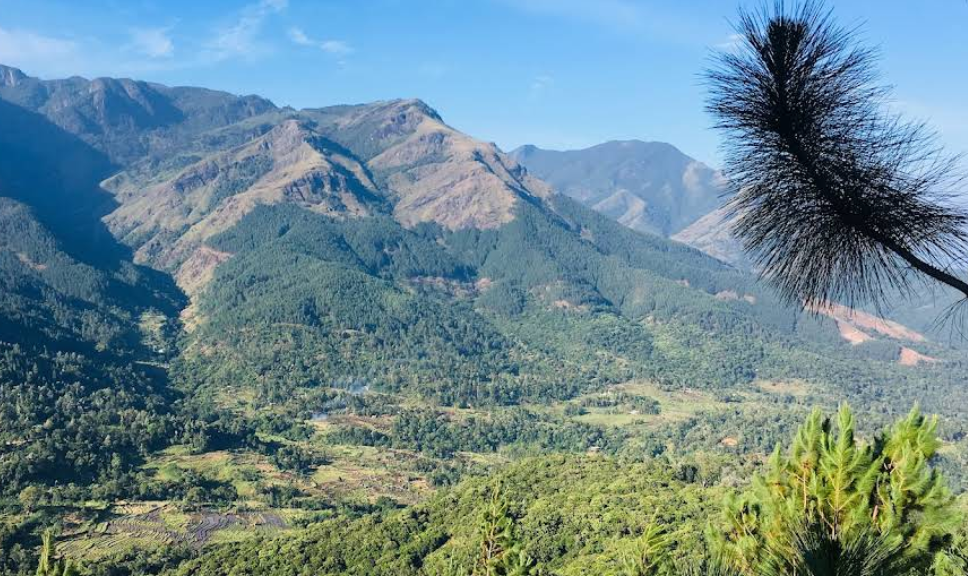
Hawagala is surrounded by a green mosaic of landscapes which include dense forests, tea estates, grasslands, and rocky outcrops. The mountain itself falls within the transition zone between the dry and wet climatic zones and is therefore a biodiversity hotspot with many endemic plant and animal species.
Location of Hawagala
Hawagala is well placed to be visited from Colombo via the Colombo–Batticaloa Highway (A4). It is just over 4 kilometers from Belihuloya, which provides a convenient base for trekkers and nature lovers.

Historical and Cultural Context
Hawagala has a deep sense of legend and folklore. According to local folklore, the name “Hawagala” comes from the Sinhala name “Ha Gala,” meaning “Rabbit Stone.” The legend is centered around King Ravana, one of the most important figures in Sri Lankan mythology. It is said that King Ravana, during one of his battles, hit a rabbit in the nearby area of Patupavakahinna Kanda, creating a hole or a depression in the rock. This mythological tale is close to the hearts of locals and introduces an element of intrigue and cultural richness to the location.
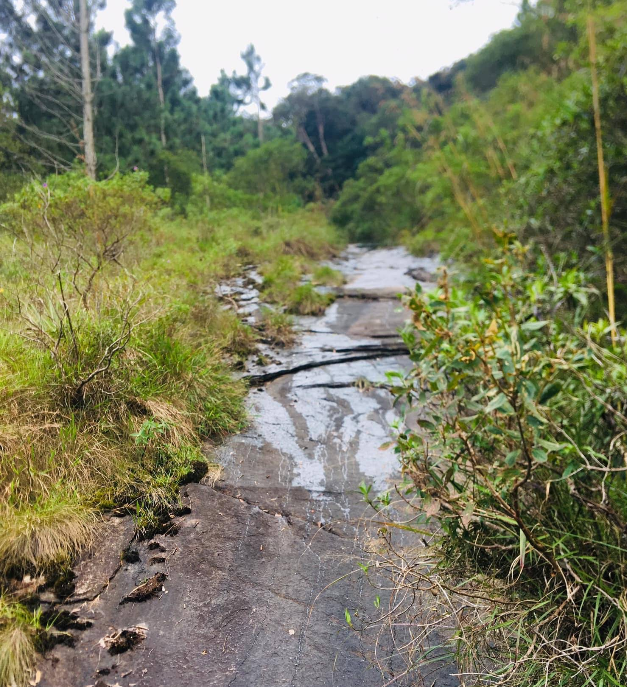
Hawagala, like most natural sites in Sri Lanka, is typical of the way in which folklore and geography coexist. Not only do stories like these create interest, but they also protect the intangible cultural heritage of the location.
The Hiking Experience
Trail and Terrain
Hawagala is a trekkers’ delight because of its moderate nature, which suits both beginner and experienced trekkers. The most used track begins in Landuyaya, a village with hills and tea estates around it. The hike to the summit is approximately 3 kilometers and takes 2 to 3 hours to get there based on fitness and weather conditions.
The trek to the top is a walk through tea plantations, areas of forest, streams, and rock ascents. The climb is particularly rewarding due to the quantity of ecosystems and microclimates one traverses. Trekkers should, however, watch out for slippery surfaces, especially during the rainy season, and are advised to carry water and wear hiking boots.
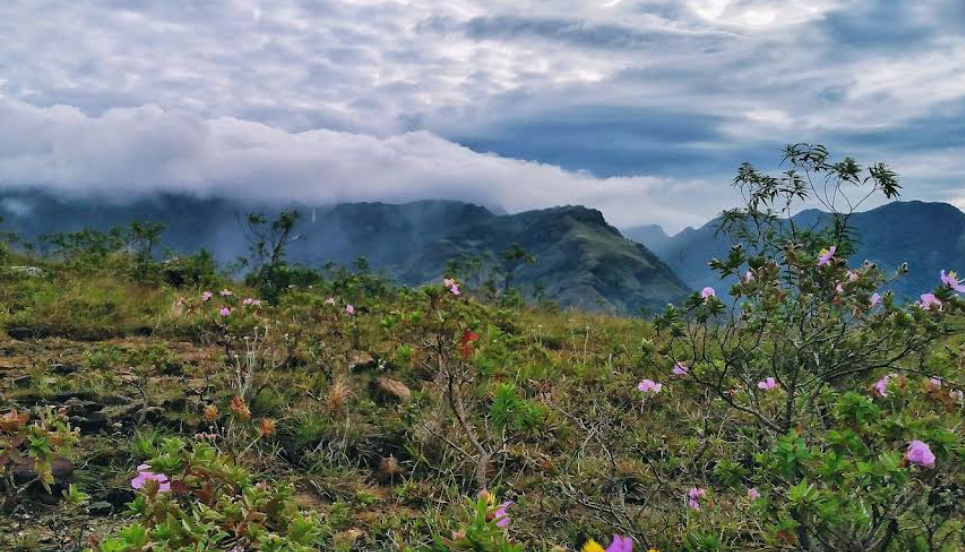
Camping at the Summit
For those who prefer a more intimate experience with nature, camping at the summit is an option. The Hawagala summit provides a 360-degree view of the surrounding landscape, including the Samanala Wewa reservoir, Sabaragamuwa University, and distant peaks such as Patupavakahinna Kanda and Dorapeliyagala. The sunrise and sunset from the summit are especially spectacular, with views of golden light spreading over the misty valleys.
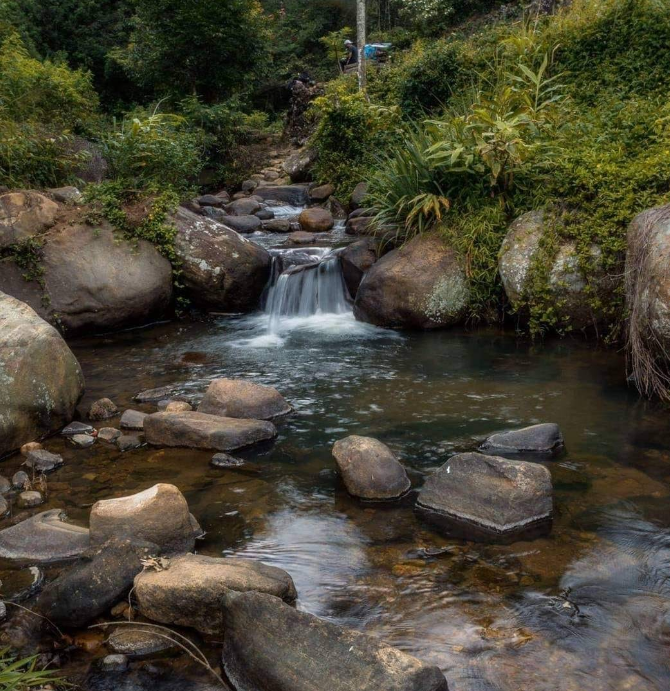
Camping is ideal in the dry months (June to September) when the weather is more predictable and stable. During the rainy months, the ground can be damp and there could be leeches, so campers must be well-equipped.
Biodiversity and Natural Beauty
Hawagala is located in a unique ecological corridor that links the wet and dry regions of Sri Lanka. This positioning allows it to support a range of flora and fauna. Along the trail, endemic birds, butterflies, and other species of ferns and flowering plants can be observed. The mix of evergreen forest and montane grassland creates a rich texture and color tapestry.
The mountain also plays a significant role in the water cycle since its forested areas are natural catchments for streams and rivers. These water sources are vital to the local communities and downstream ecosystems.
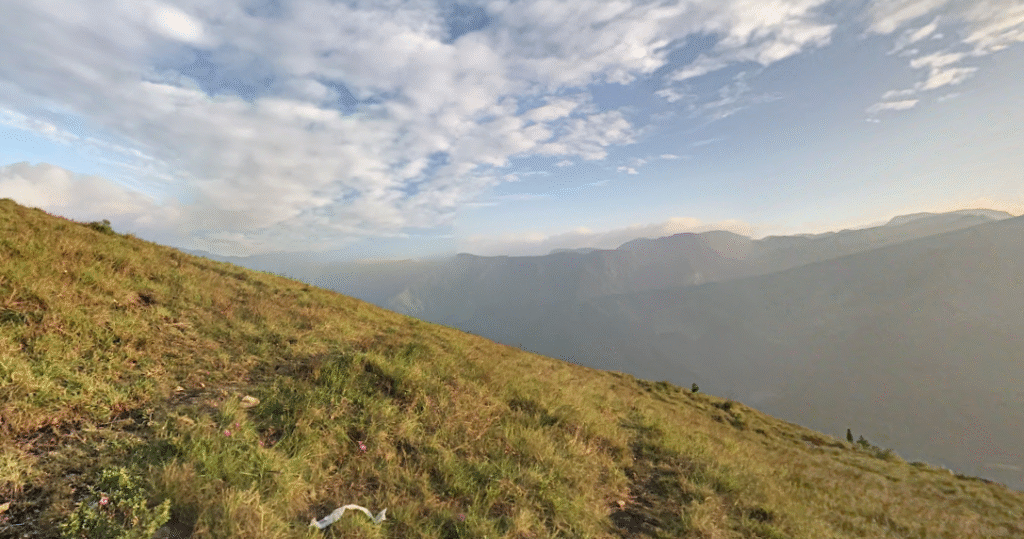
Accessibility and Travel Tips
Hawagala is not difficult to access, with numerous modes of transport from the major cities:
By road: Use the A4 route from Colombo to Belihuloya, a trip that will last around 4 to 5 hours.
By bus: Regular buses run between Colombo and Balangoda, and local transport (tuk-tuks or buses) can be used to reach Landuyaya.
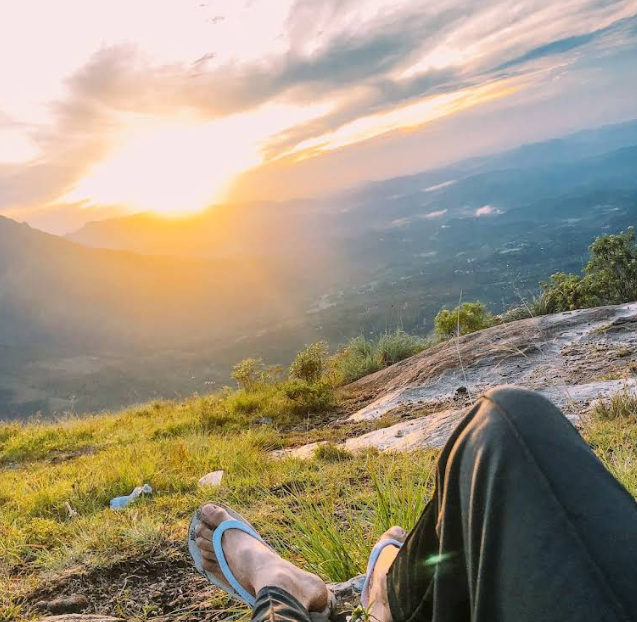
By train: Trains to Haputale or Bandarawela from Colombo, followed by local transport, are another scenic option by rail.
Travelers are recommended to go during the dry season, carry eco-friendly provisions, and inform locals or guides of their hiking schedule as a precautionary measure.
Sustainable Tourism and Conservation
As Hawagala and other hiking locations gain more interest, the need for sustainable tourism grows. The ecosystem of the area must be conserved for future generations. This encompasses:
Leaving no trace: Carrying all waste with you, minimizing single-use plastics, and maintaining quiet.
Being kind to wildlife: Not feeding or disturbing animals, and sticking to marked trails.
Helping local communities: Hiring local guides, purchasing equipment from local villages, and gaining an understanding of local customs.
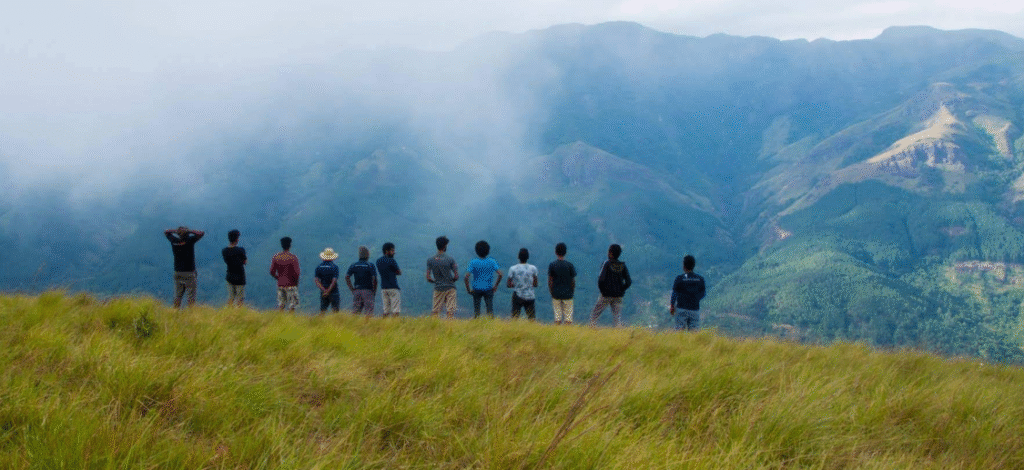
By responsible tourism, the tourists not only assist in preserving Hawagala but also in economically empowering the local people.
Hawagala is not merely a hiking trail but a destination where natural beauty, ecological richness, and heritage converge. Being in the central highlands of Sri Lanka, it offers tourists a gateway to discover the lesser-known wonders of the island. Be it the excitement of the ascent, the peace of a mountain-top dawn, or the secrets whispered by the winds of old myths, Hawagala offers an experience not to be forgotten. As tourism itself continues to develop, it is our collective duty to make certain that sites such as Hawagala are left pristine, conserved, and valued for what they are worth.
